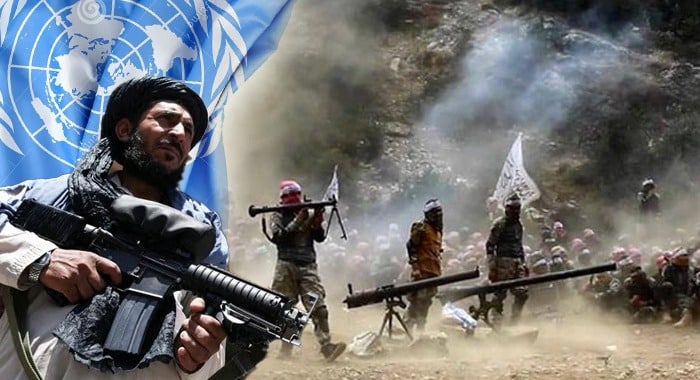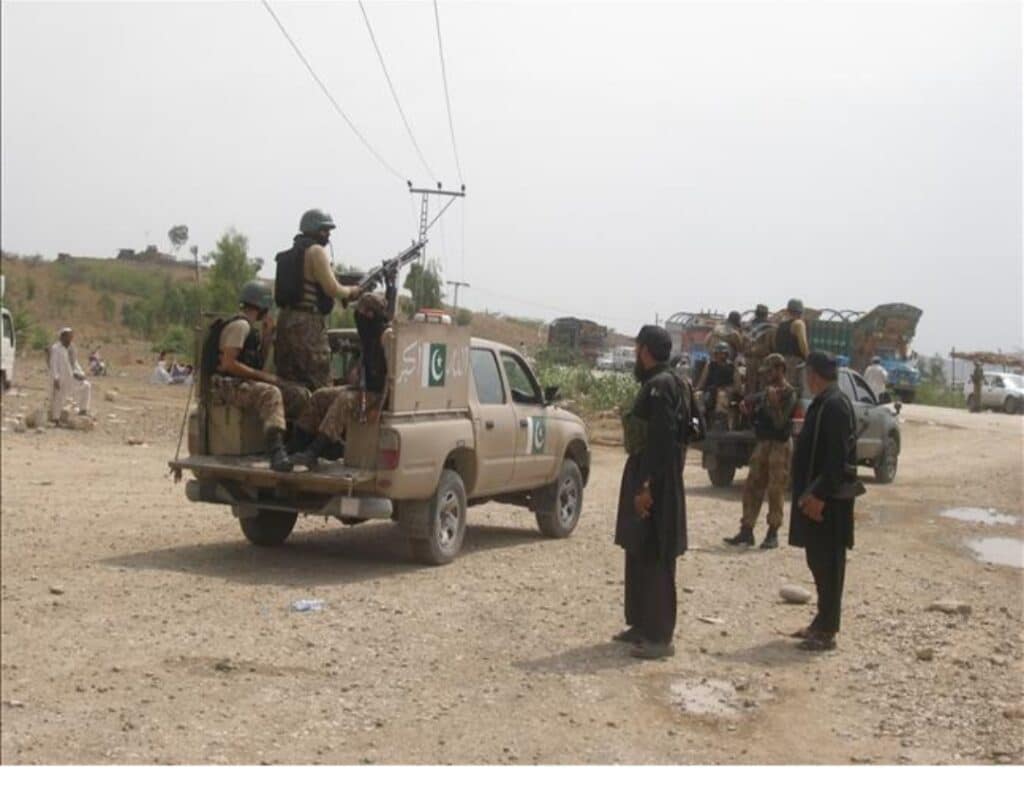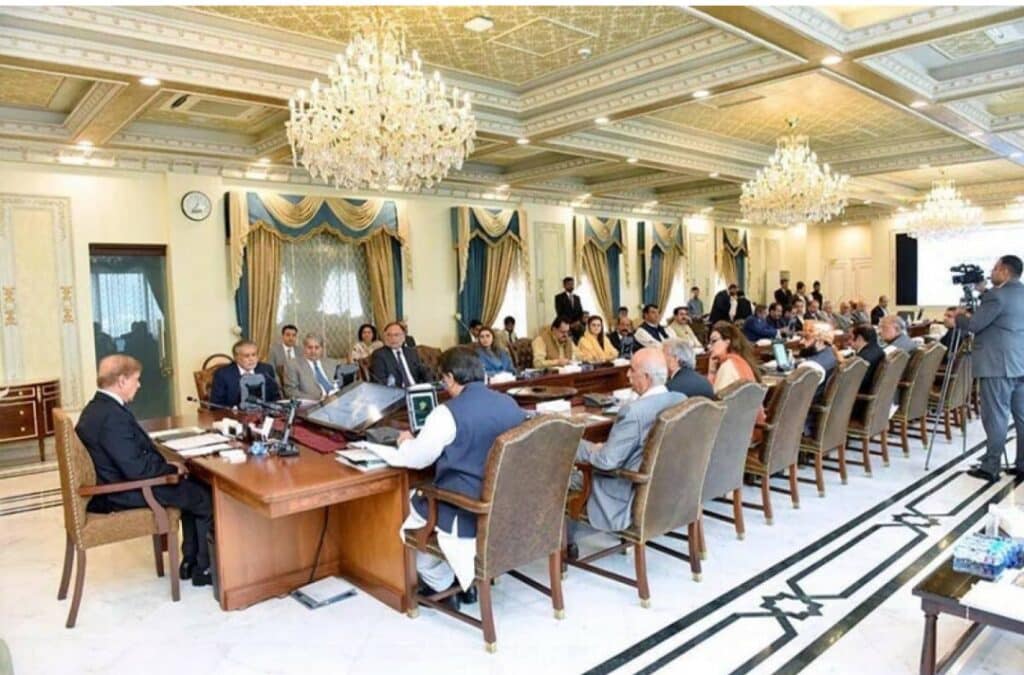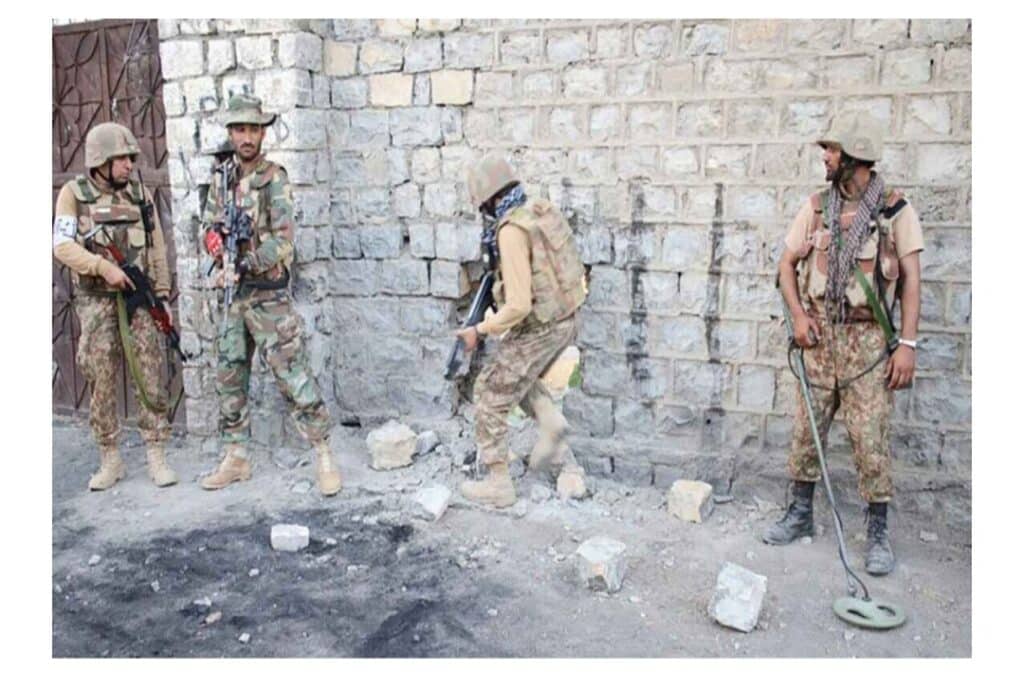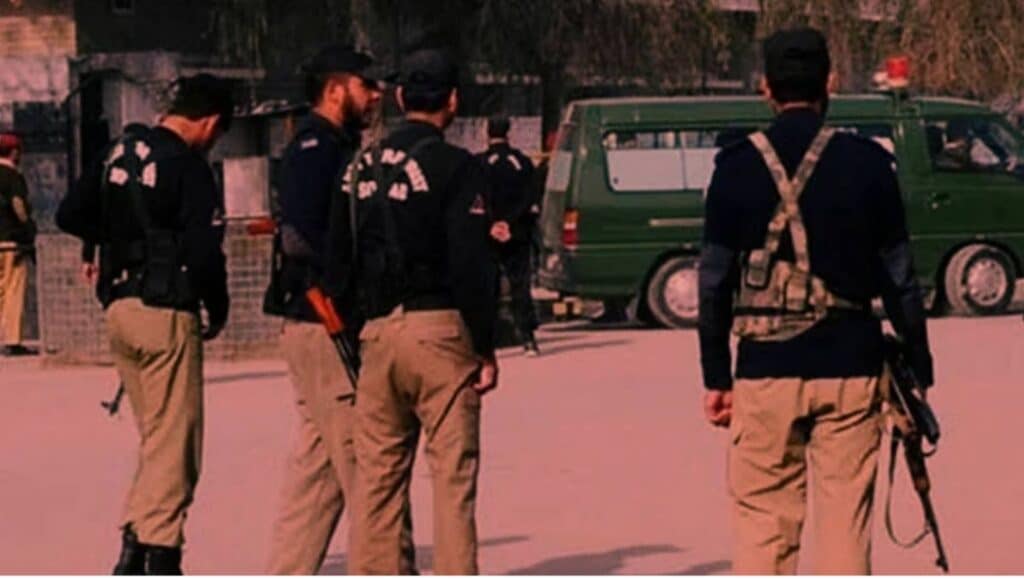The Taliban regime in Afghanistan continues to provide a permissive environment for foreign terrorist groups, posing a serious and growing threat to regional and global security, according to a new report submitted by United Nations experts to the UN Security Council.
The detailed assessment warns that despite Taliban claims of having defeated extremist elements, terrorist groups such as al-Qaeda, Islamic State–Khorasan Province (ISIS-K), Tehreek-e-Taliban Pakistan (TTP), and others continue to operate across Afghanistan, many with the implicit tolerance, if not support, of the ruling regime. The report underscores the Taliban’s failure to either restrain or remove these groups from Afghan territory.
The expert panel identifies ISIS-K as the most serious current threat, with an estimated 2,000 active fighters and a recruitment network that spans Afghanistan and reaches beyond its borders. Notably alarming is the group’s use of suicide training for children under the age of 14, particularly in madrassas in northern Afghanistan and along the Pakistani border. Despite occasional crackdowns, ISIS-K continues to function with relative freedom and is believed to maintain financial reserves of up to $10 million, with investments in Middle Eastern real estate and funding streams extending from Somalia.
Al-Qaeda, meanwhile, maintains a significant presence in Helmand, Kandahar, Kunar, Uruzgan, and Zabul provinces. Fighters—mostly Arabs who fought alongside the Taliban in earlier years—are now sharing at least three newly established training camps with TTP militants. These camps are believed to be used for both ideological indoctrination and weapons training.
The report also raises alarms about the influx of foreign fighters into Afghanistan. Extremists linked to Syria-based groups like Khatiba Imam al-Bukhari (KIB) and the Islamic Movement of Uzbekistan (IMU), both affiliated with al-Qaeda, have reportedly relocated to northern Afghanistan. In one notable incident from December 2024, a delegation including a representative of the East Turkestan Islamic Movement (ETIM) is believed to have travelled from Damascus to Kabul for discussions with Taliban officials about the relocation and integration of foreign jihadists.
In the south, the TTP, with an estimated 6,000 fighters, reportedly continues to receive logistical and operational support from the Taliban. The report notes a growing internal rift within the Taliban leadership regarding this partnership, with some elements pushing to sever ties to reduce international pressure. Nevertheless, operational cooperation continues, especially between the TTP and the Baloch Liberation Army’s Majeed Brigade, with shared camps in Shah Wali Kot and Shorabak districts of Kandahar, where al-Qaeda instructors are actively training fighters.
Despite this evidence, the Taliban remains in firm denial, insisting that ISIS-K has been “neutralised” and that no foreign terrorist groups operate on Afghan soil. Taliban officials have dismissed the UN report as politically motivated. However, the UN experts counter that while Taliban operations may have temporarily disrupted some ISIS-K activity, the group continues to recruit, train, and carry out attacks with relative impunity, capitalising on widespread public dissatisfaction with Taliban governance.
In its conclusion, the report urges the international community to remain vigilant and committed to monitoring Afghanistan’s deteriorating security landscape. It underscores that, despite repeated Taliban denials, Afghanistan continues to serve as a safe haven for international terrorists, a reality that has direct implications for the stability of Central Asia, South Asia, and beyond.

